- Category
- Latest news
Why Russian Troops Don’t Trust Their Armor—And Ukraine Keeps Proving Them Right
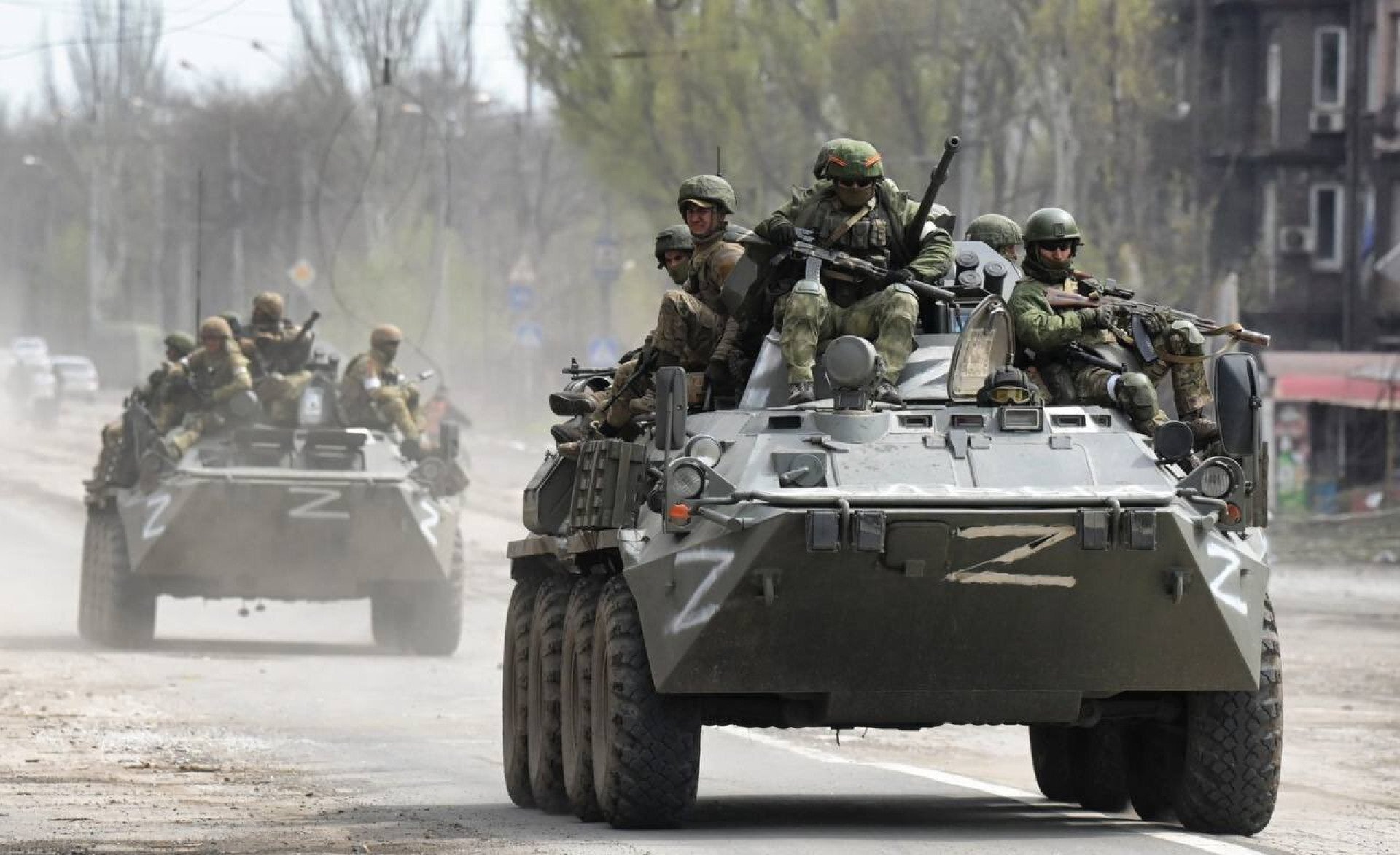
Russian soldiers have long followed a grim battlefield ritual: rather than riding inside armored vehicles, they ride atop them. While this might seem reckless, it’s often a matter of survival.
The practice, dating back to World War II, remains widespread today—not because of tactics, but due to distrust in the vehicles’ protection.
Archival footage showed Soviet troops perched atop T-34 tanks in the 1940s, clinging to turrets as they advanced into battle. Then, like now, they were often left with no better option, military media outlet Defense Blog reported on June 12.
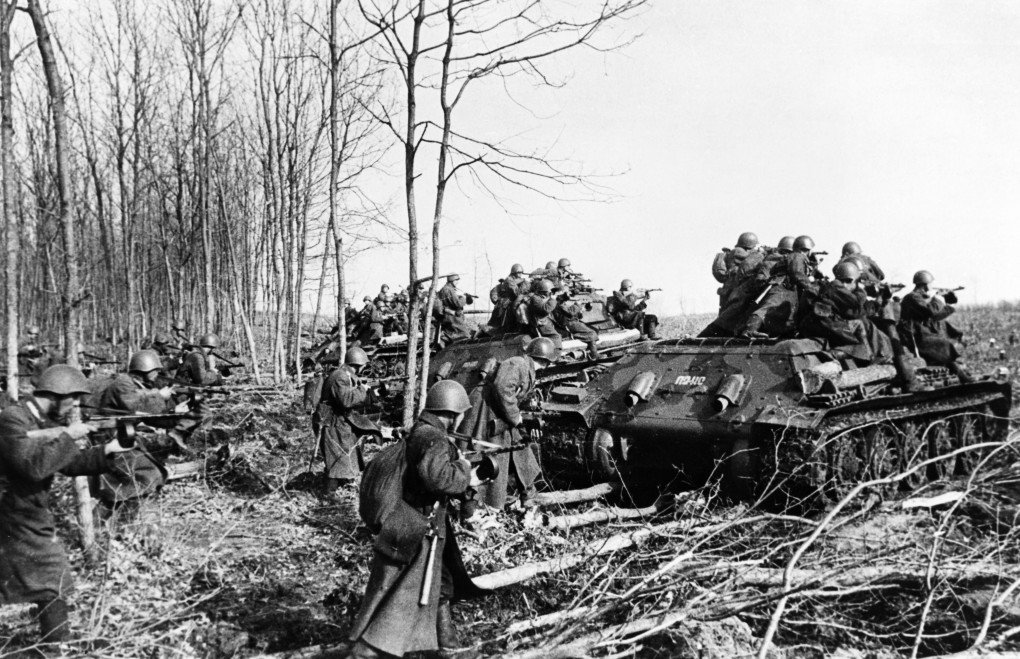
According to Defense Blog, Russian troops continue to ride on top of tanks and armored personnel carriers (APCs) during the war in Ukraine, a legacy of decades of underwhelming vehicle design and harsh battlefield lessons.
Soviet roots and deadly lessons
The problem began in WWII when the Soviet Union lacked dedicated armored transports. Of the 1,200 American half-tracks sent under Lend-Lease in 1942, only 118 reached Soviet mechanized units. The rest were relegated to support roles.
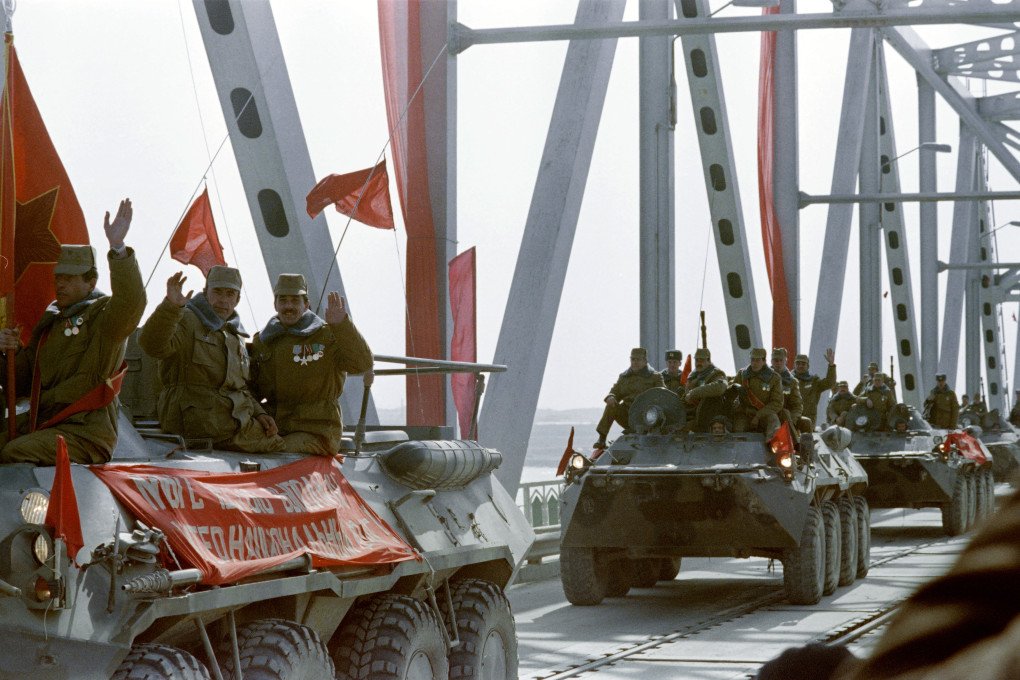
By the Cold War, the USSR developed its APCs, but early models exposed new flaws.
In Afghanistan, Soviet troops riding inside APCs found themselves vulnerable to mines, RPGs, and ambushes. Engines were poorly shielded, and interior compartments offered little protection or escape, Defense Blog stated.
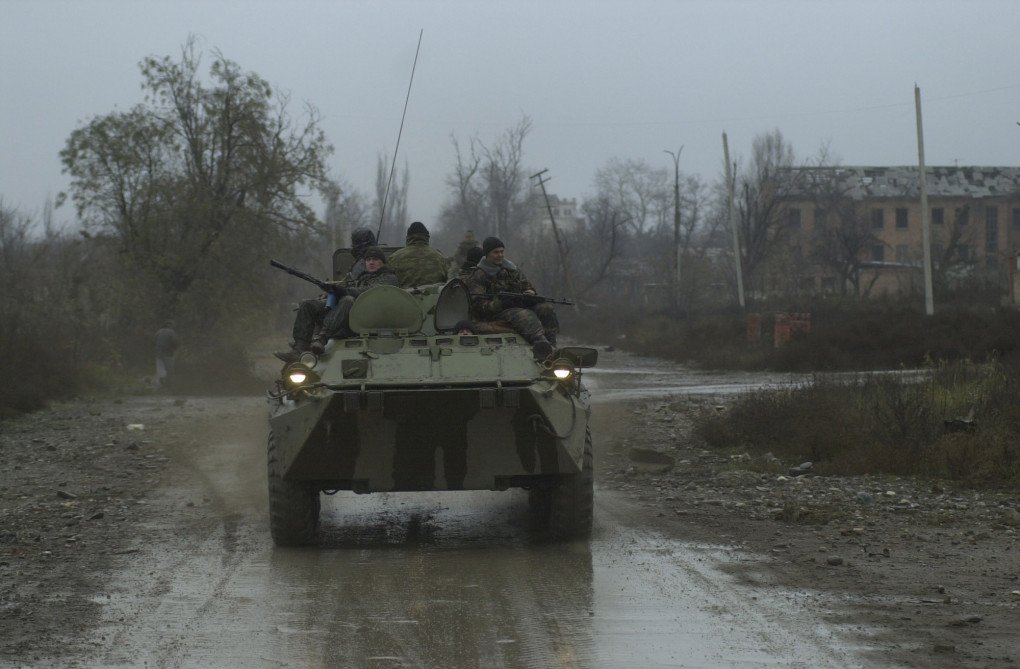
Many soldiers preferred the risk of riding on top—exposed but with a chance to jump clear of an explosion or fire.
This deadly calculus reappeared in Chechnya. With resupply lines unreliable, APC interiors were packed with ammunition and gear, turning the troop compartment into a death trap. Again, soldiers rode outside to avoid being trapped inside burning vehicles, Defense Blog added.
Modern vehicles, old problems
Despite updates, today’s Russian vehicles still fall short, Defense Blog adds. The BMP-3 infantry fighting vehicle, one of the Russian military’s most advanced APCs, offers powerful weapons but limited protection.
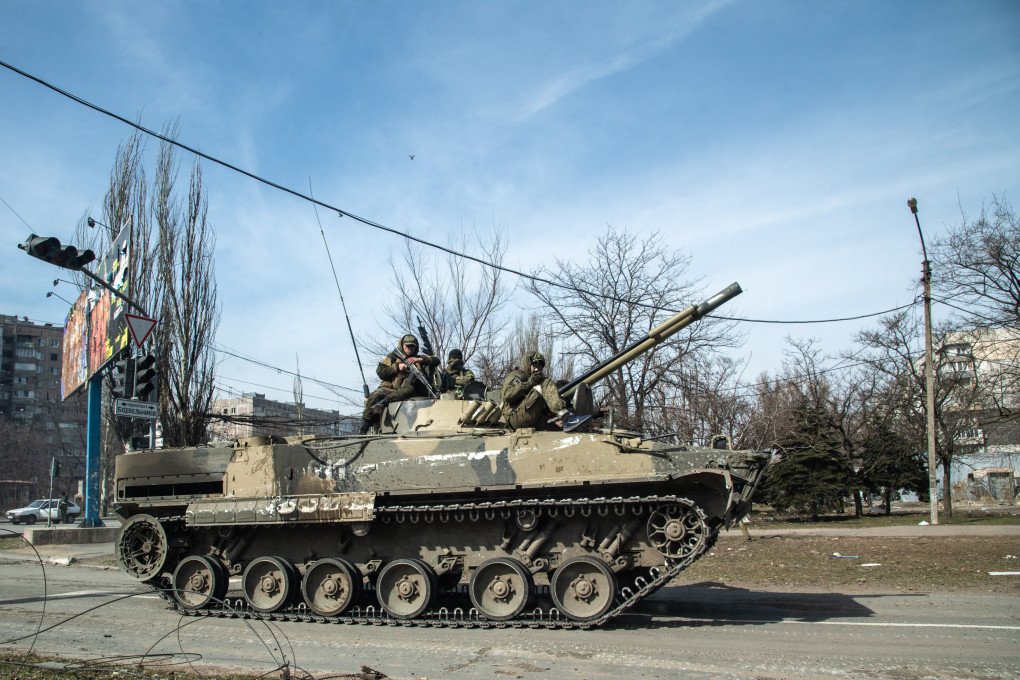
Its 100mm main cannon and 30mm automatic gun are formidable, yet one analyst remarked: “None of that matters when the armor can’t keep you alive.”
The BMP-2’s frontal armor, just 16mm thick, provides minimal resistance even when sloped. Side and rear armor can be penetrated by small arms.
The BTR-80, another widely used vehicle, has side armor just 7mm thick—barely able to stop rifle fire and defenseless against heavy machine guns like the DShK from 500 meters.
In Ukraine, this vulnerability is even more apparent. Russian vehicles face Javelin missiles, anti-tank mines, and precision-guided FPV drones.
Ukrainian troops have even dubbed Russian APCs “mobile grills” due to the number of troops incinerated inside.
M2 Bradley shatters Russian BMP-3 in head-to-head comparison
A captured US-made M2A2 Bradley infantry fighting vehicle has further highlighted Russia’s armored shortcomings.
In April, Russian military blogger Andrei Tarasenko cited findings from the 38th Research Institute of Armored Vehicles in Kubinka, which studied the captured Bradley.
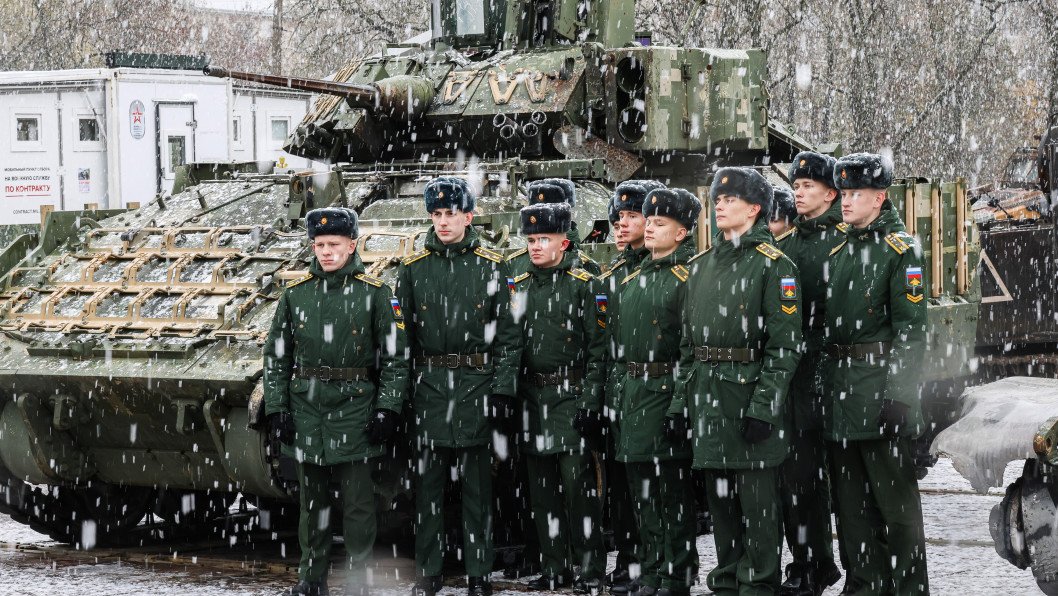
Despite technical flaws in the study, Tarasenko acknowledged that the US vehicle’s design “highlight[s] a complete failure of the Soviet and Russian design school for infantry fighting vehicles.”
The report found that Bradley vastly outperforms the BMP-3 in key areas, especially crew protection. Its hull combines aluminum, and steel, a polymer anti-mine mat, and shock-absorbing seats—features the BMP-3 lacks.
The Bradley’s armor can withstand 30mm rounds and includes reactive tiles that reportedly survived multiple anti-tank missile strikes.
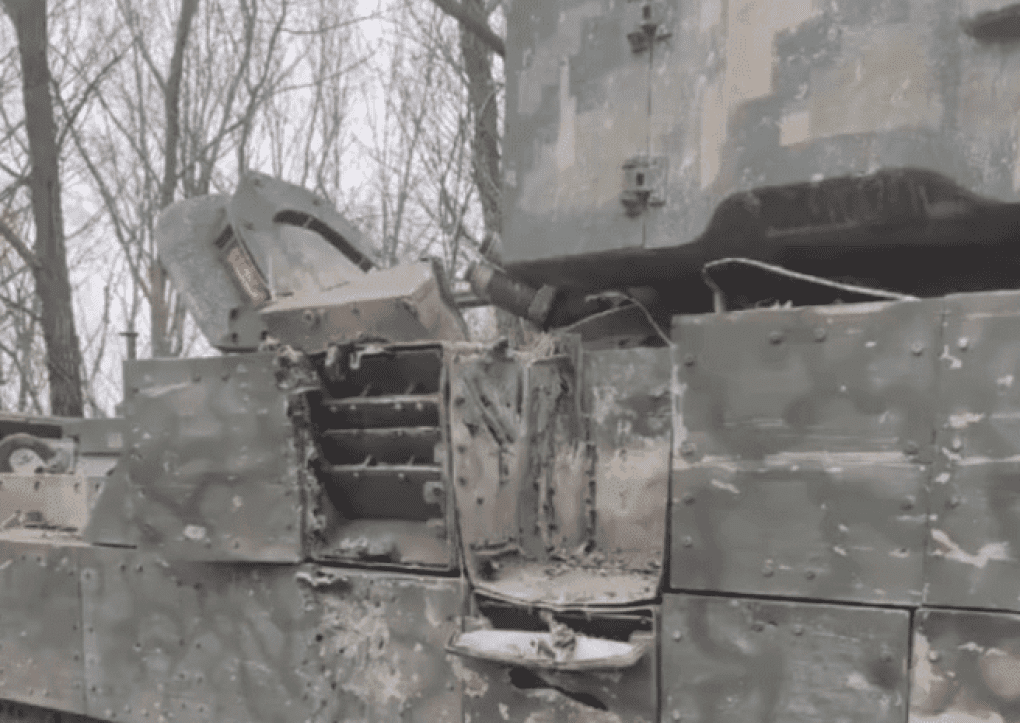
Its 25mm M242 autocannon also proved more accurate and penetrative than the BMP-3’s guns. The Bradley’s rounds nearly double the armor-piercing capability, increasing its effective combat range.
While the BMP-3 has an edge in amphibious ability and speed, the Bradley’s crew safety, firepower, and ergonomics outmatch it.
Notably, a Ukrainian-operated Bradley reportedly disabled a Russian T-90M tank—one of Moscow’s most modern designs—by damaging its optics and targeting system before a Ukrainian drone finished it off.
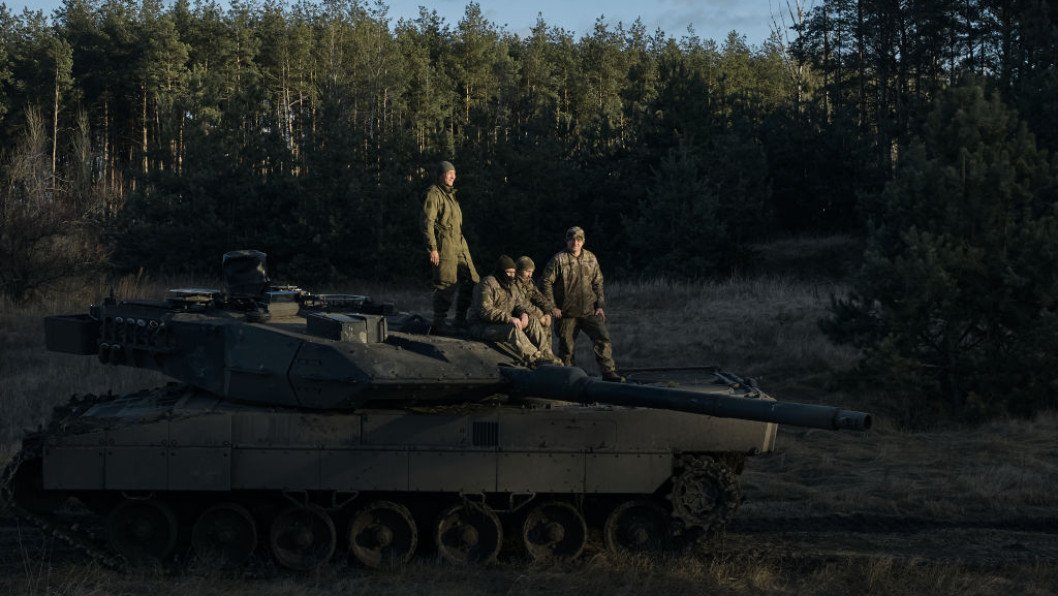
Despite years of warnings from Russian defense experts—including admissions dating back to 2013 that the BMP-3 is unfit for assaults on fortified positions—Russia has yet to meaningfully address the shortcomings. Its next-generation vehicle, the Kurganets, reportedly suffers from many of the same vulnerabilities.
Form over function
On paper, Russian APCs boast mobility and firepower. But on the battlefield, they often become steel coffins.
Footage from Ukraine frequently shows soldiers clinging to the roofs of BMPs and BTRs—choosing exposure over entrapment. It’s a chilling reflection of the gap between theoretical capability and real-world survivability.
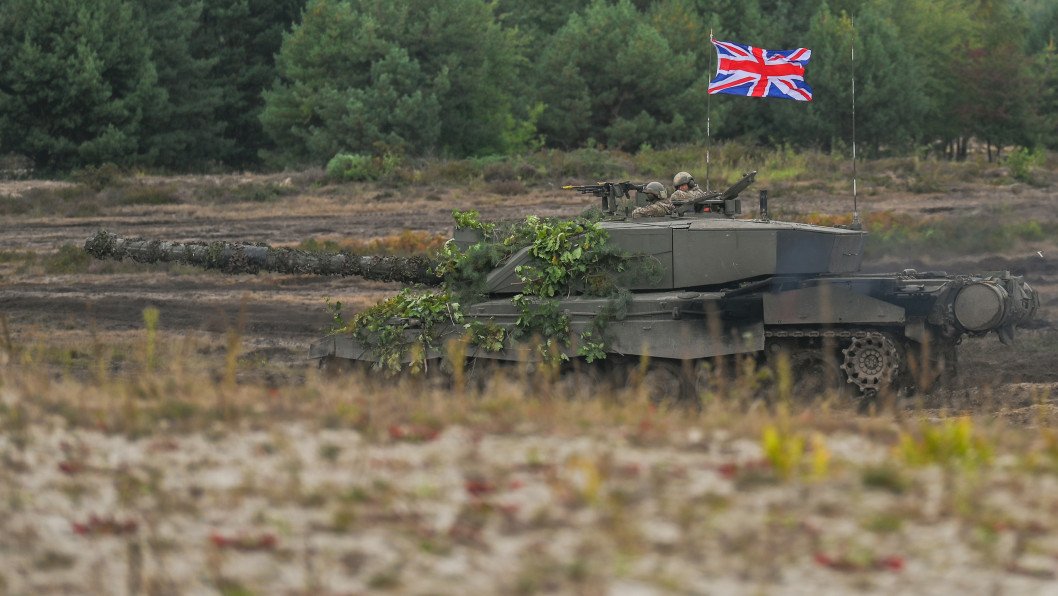
Until Russian vehicle designs prioritize crew protection over cost and speed, troops will continue to ride outside their armor—and gamble with their lives.
Earlier, the head of Russia’s state defense conglomerate Rostec, Sergey Chemezov, dismissed Western tanks as overrated, claiming that German Leopard tanks and American Abrams offer nothing of value to Russian designers—and branding the British Challenger 2 as essentially useless.


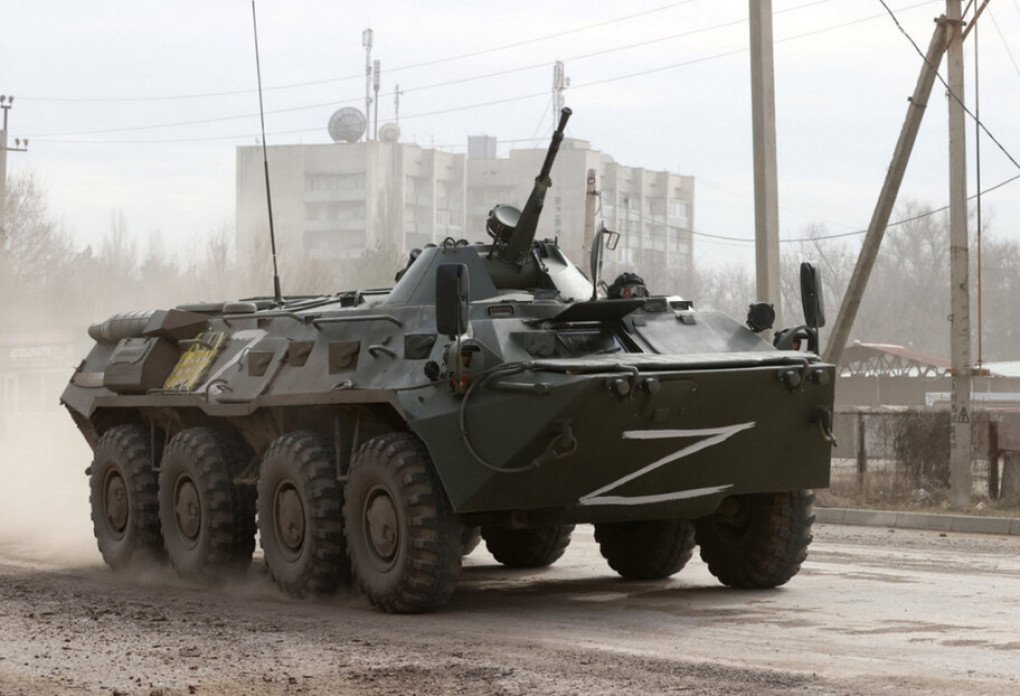
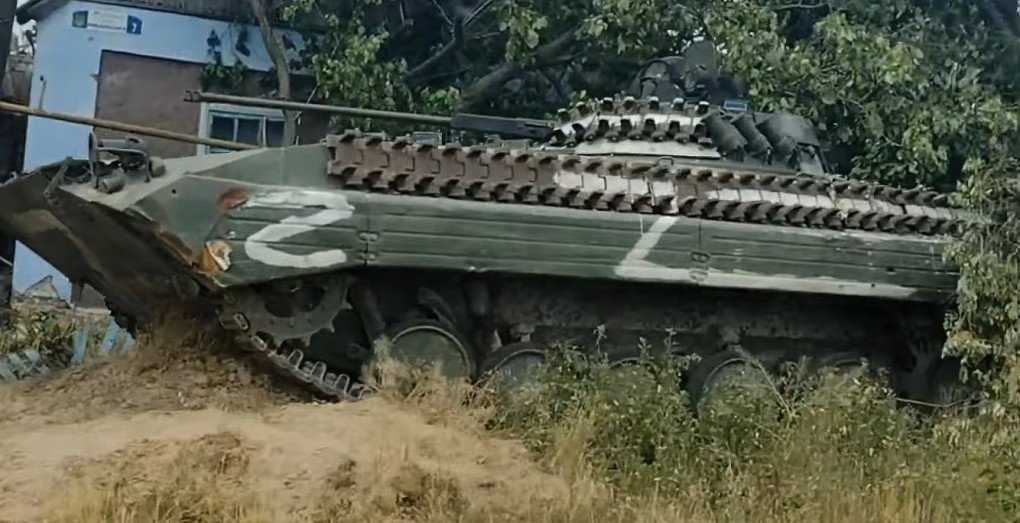
-45ed3be17a7bb74903649ed9258196f8.jpg)
-72b63a4e0c8c475ad81fe3eed3f63729.jpeg)



